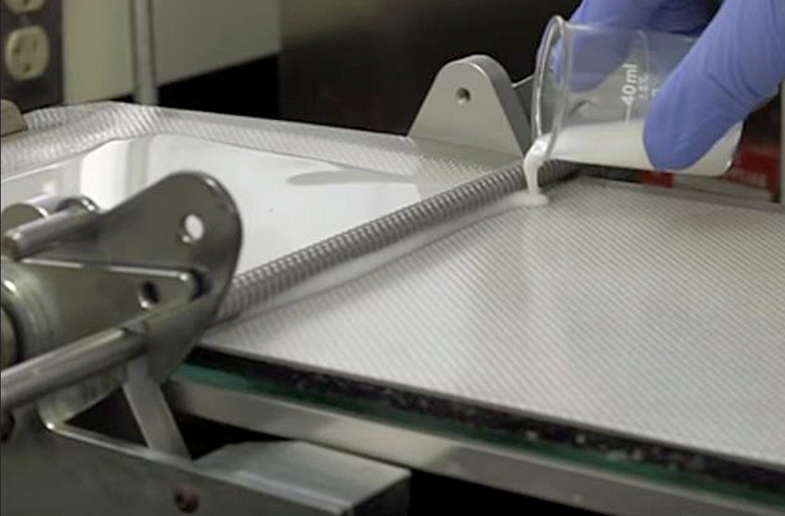Your Food Could Soon Come Packaged In Milk
A new biodegradable film made out of casein is being researched

Every time you open a package of processed cheese, you’re left with a useless sleeve of plastic with bits of cheese all over it. Where does it go? Straight to the garbage.
The U.S. Department of Agriculture is looking to change all this with a new form of packaging, and it all stems from a pretty surprising place: milk. Yes, the very same milk you pour on your cereal in the morning or mix with chocolate syrup for a refreshing treat. More specifically, a milk protein called casein is the driver, which could be used in the future to develop a form of edible packaging that’s 500 times better at keeping food fresh than plastic. Plus, you could just eat it once you remove it from your meal.
To create the biodegradable packaging, scientists mixed the casein protein with water — as seen in the American Chemical Society’s video below — and then poured it out on a sheet where it dried into a thin, edible wrapper that’s malleable enough to be stretched across food items or used as a lid.

In addition to casein, researchers tested adding glycerol and citrus pectin to the already-formed casein film, which added both structure and softness.
This means other additives and flavors could go into forming the packaging to either enhance the food contained within, or to improve the taste of the new “plastic.” The film itself can also dissolve in water, which could mean big things for packets of soup or single-serve foods like cheese.
Essentially, packaging created from casein could be immersed in boiling water to form your delicious bowl of chicken noodle soup, or eliminate the need to peel the wrappers from foods entirely. Just throw the whole thing on a sandwich! Ranch-flavored milk packaging? It could be in the cards.
Unfortunately, the packaging isn’t quite ready for distribution, as the USDA is still hard at work bringing it into fruition. It could happen in the future, however, the real question is, what would it taste like?
[H/T Bloomberg]
